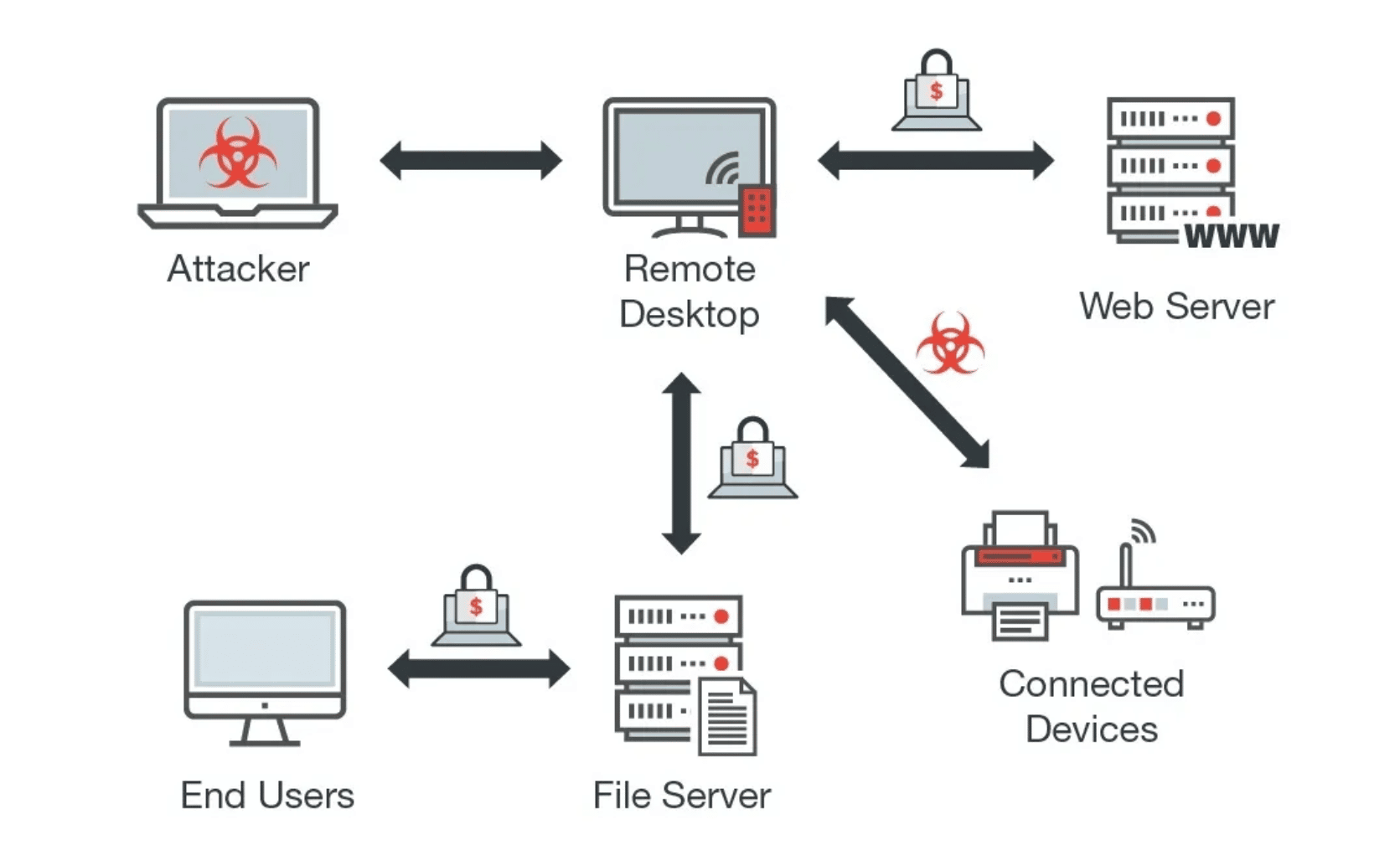The pervasive use of technology in the digital landscape has highlighted the prominence of accessing systems and data through RDP Singapore. Yet, this convenience isn’t without its risks, emphasizing the crucial need for robust security measures to protect sensitive information and networks.
Introduction to RDP Singapore
RDP serves as a powerful tool for remote access, enabling users to connect to computers and networks from virtually anywhere. In Singapore, its utilization spans across various industries, facilitating seamless collaborations and operations.
Understanding the Importance of Security Measures
The Growing Significance of RDP Security
With the rise in cyber threats, securing RDP connections has become paramount. Threat actors continually exploit vulnerabilities, making it crucial to fortify systems against potential breaches.
Challenges in RDP Security
Despite its benefits, RDP faces challenges like brute force attacks, weak authentication, and unencrypted data transmission, underscoring the need for stringent security measures.
Foundational Security Measures for RDP
Implementing Strong Password Policies
Implementing robust password policies stands as a cornerstone in fortifying cybersecurity measures across all digital fronts, including RDP (Remote Desktop Protocol) usage in Singapore.
A strong password policy entails establishing guidelines that promote the creation and maintenance of secure passwords, mitigating the risk of unauthorized access and data breaches.
These policies often advocate for the use of complex, unique passwords that blend upper and lowercase letters, numbers, and special characters, making them resilient against brute-force attacks.
Additionally, enforcing regular password updates, discouraging password sharing, and implementing multi-factor authentication further bolster security measures surrounding RDP connections.
In Singapore’s tech landscape, where cybersecurity holds significant importance, instituting and enforcing stringent password policies becomes imperative.
It not only protects sensitive information but also aligns with regulatory frameworks emphasizing data security and privacy.
Educating users about the importance of strong passwords and the potential risks associated with weak ones is pivotal.
This empowers individuals to take an active role in safeguarding their accounts and the systems they access via RDP, contributing to a more resilient and secure digital ecosystem in Singapore and beyond.
Multi-Factor Authentication (MFA)
Integrating MFA adds an extra layer of defense, requiring multiple credentials for access, reducing the risk of unauthorized entry.
Network Protection and Encryption
Firewalls and Network Segmentation
Deploying firewalls and segmenting networks are pivotal strategies in fortifying cybersecurity defenses, confining access, and mitigating the potential spread of threats within digital infrastructures.
Firewalls act as protective barriers, filtering incoming and outgoing traffic, and enforcing defined security policies. By strategically placing firewalls at network entry points, they scrutinize and control data packets, allowing only authorized communication while blocking malicious or unauthorized access attempts.
Segmenting networks involves dividing them into distinct zones or segments, each with its own set of security protocols and access controls. This segregation restricts lateral movement for cyber threats, confining their impact to specific segments and preventing widespread infiltration across the entire network.
In the context of RDP (Remote Desktop Protocol) usage in Singapore, network segmentation plays a crucial role in isolating potential vulnerabilities, containing breaches, and safeguarding critical systems and data.
By deploying firewalls and implementing network segmentation practices, organizations in Singapore bolster their cybersecurity posture, creating barriers that impede the propagation of threats.
This approach not only minimizes the attack surface but also enhances visibility and control, enabling better monitoring and management of network traffic, ultimately contributing to a more resilient and secure technological landscape.
Encryption Protocols for Secure Communication
Utilizing encryption protocols like TLS ensures secure data transmission, shielding information from interception.
Continuous Monitoring and Patch Management
Regular Updates and Patching
Regular updates and patches strengthen system resilience, addressing vulnerabilities and minimizing security gaps.
Monitoring Tools for Threat Detection
Implementing robust monitoring tools enables real-time threat detection, empowering proactive responses to potential breaches.
User Access Control and Privilege Management
Role-Based Access Control (RBAC)
RBAC restricts access based on roles, reducing exposure to sensitive data and functionalities.
Least Privilege Principle
Following the principle of least privilege limits user access rights to only what is necessary, mitigating risks of unauthorized actions.
Incident Response and Disaster Recovery
Developing Incident Response Plans
Having well-defined response plans ensures timely and effective actions in the event of security incidents.
Backup and Recovery Strategies
Maintaining updated backups and recovery strategies safeguards against data loss and facilitates quick restoration.
Compliance and Regulatory Considerations
Adhering to Regulatory Standards
Compliance with industry standards and regulations ensures alignment with security best practices.
Data Protection Laws in Singapore
Understanding and adhering to Singapore’s data protection laws is critical for ensuring legal and ethical handling of data.
Emerging Trends in RDP Security
Adaptive Security Measures
Adaptive security measures, adapting to evolving threats, enhance RDP’s resilience against sophisticated attacks.
AI-Powered Threat Detection
Leveraging AI for threat detection augments proactive security measures, identifying and mitigating risks swiftly.
Final Remarks
Organizations recognize the indispensable need to safeguard data integrity, confidentiality, and network resilience within RDP Singapore by implementing robust security measures. Fortifying RDP environments against evolving cyber threats involves integrating multifaceted strategies, ensuring a stronger defense against potential vulnerabilities.

